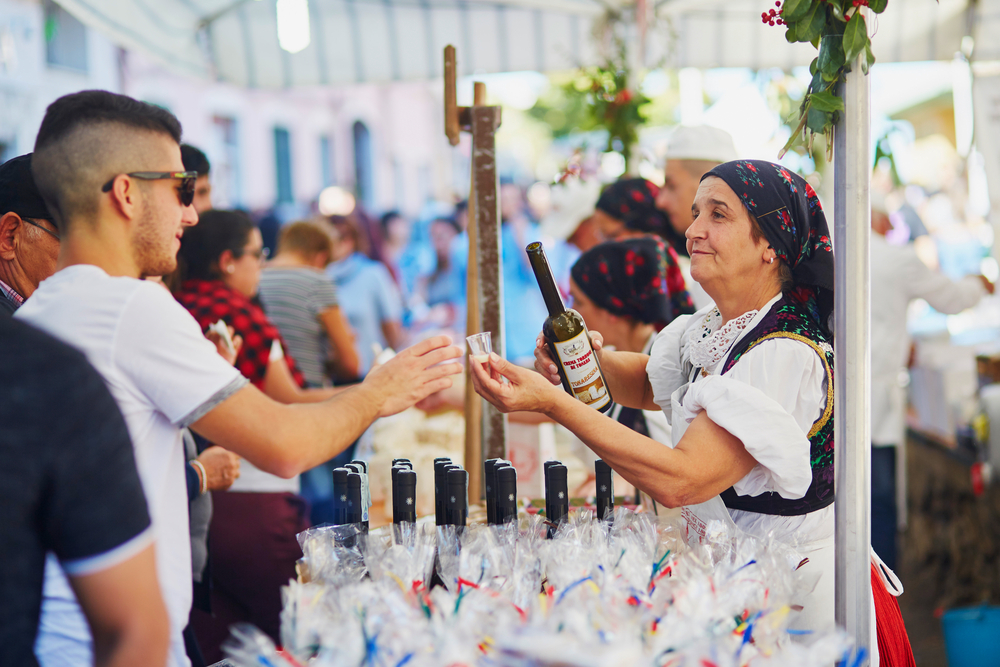There has to be a first time for everything and tonight it is being publicly lassoed in the crowd-lined streets of Gallura in Sardinia. My captor is wearing a mask and although his overall aspect is somewhat alarming my local buddies assure me that health and fertility are now mine. I am of that age where fertility is not so high up the agenda but I am hoping the good health aspect arrives soon.
Simply put, I am exhausted from an almost back-to-back schedule of festivals which have lasted all summer long.

Sardinia, like most of Italy, regards food and wine as sacred additions to life, and during the summer festival season these come in an even more plentiful supply.
For the past few weeks I have eaten, drunk and danced my way through fiestas and carnivals where religion, folklore, history, red wine, feasting, and music have all been part of the fun.
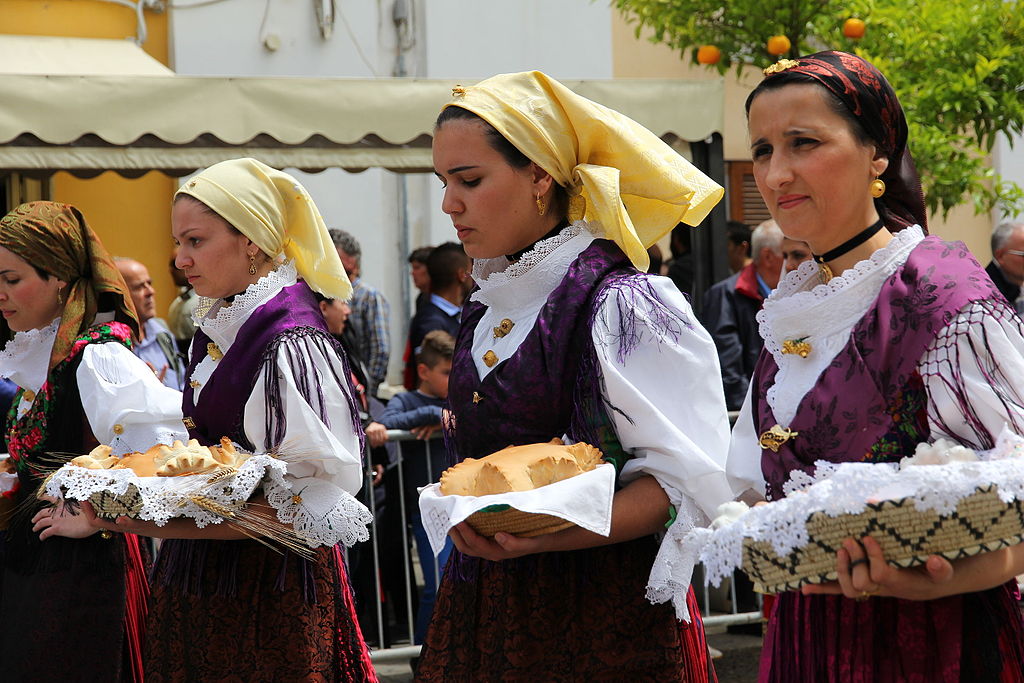
But there was one more festival I had to do before the levels of wine and limoncello in my system reached a critical level—the Mamuthones. This surreal addition to the festival calendar which involves distinctly strange costumes is so ancient that no one is sure of its roots anymore.

It is generally accepted that it stems from a time before the arrival of Christianity, with one popular theory suggesting it is based around the worship of a now-forgotten harvest god.
The true home of this strange festival is Mamoiada but towns and villages all over Sardinia also stage it on an annual basis.

Besides certain characters in animal masks and enormous horns breaking off from the procession to scale lamp-posts, it is actually the rhythmical sound echoing through the night which strikes me most strongly.
The Mamuthones, their faces covered in black rough-hewn masks, are cloaked in thick, dark sheep furs which make them look huge and menacing. Upon the back of each figure is a 30 kg collection of cow-bells. In a synchronized motion, the Mamuthones move forward, one slow step at a time with a small jerk of the shoulders which simultaneously sets off the clang of hundreds of bells.
Hefty wooden staffs thumping on the concrete accompany the beat. The pause that follows before the next step is filled with complete silence.
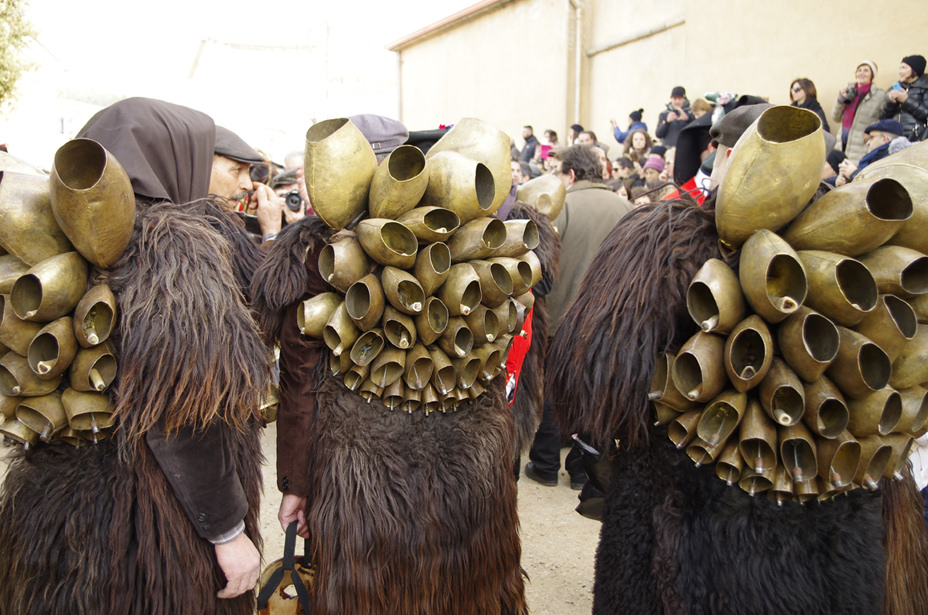
Each mamuthone carries 30 kg of bells with bone clangers
The result is hypnotically haunting, somehow solemnly sacred and infused with a distinctly primordial aspect.
As the Mamuthones continue their deliberately slow march, the Issohadores act as their guards. The costumes of these white-masked characters are entirely different, appearing as some kind of cross between scarlet-clad soldier and picador as they launch their lassos towards the spectators lining the procession route.
A variety of other characters make up the tableau, all in masks and many with horns and furs.
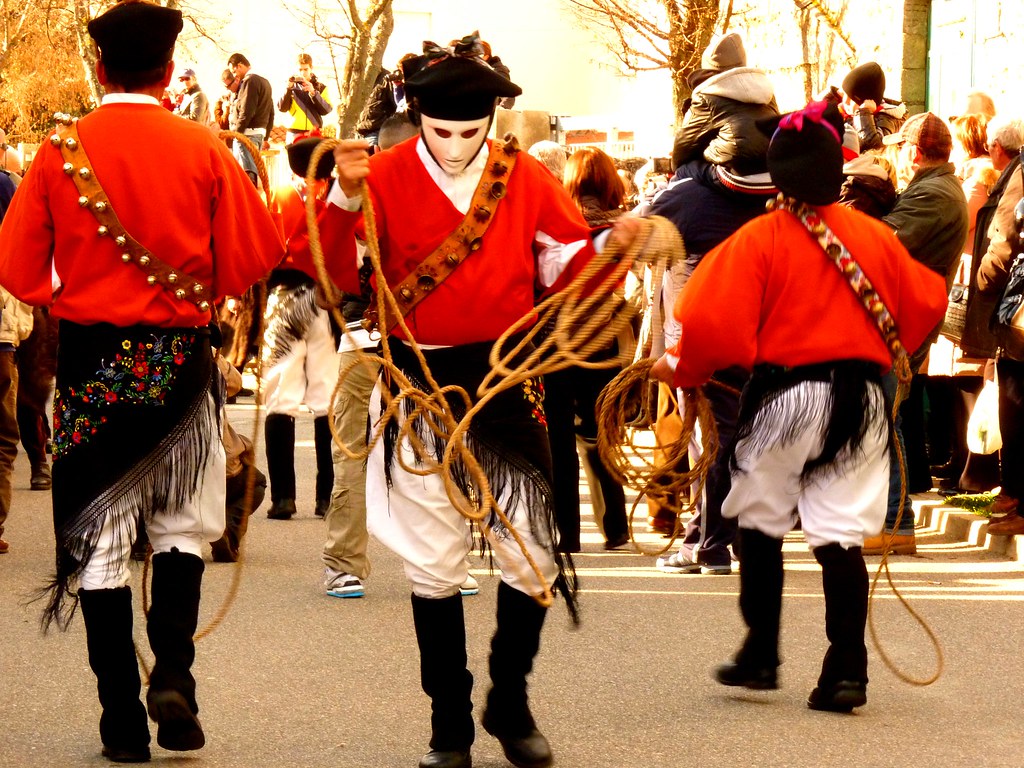
The lasso-wielding Issohadores
It has to be said that there is a strong aspect of scary to these scenes of fierce or expressionless face-coverings, bone-clanger bells, folklore and overall mystery. I couldn’t help but notice that several small children in the arms of parents were on the edge of terrified hysteria. On remarking upon this to my Italian friends I was told that undergoing the emotional roller-coaster of the Mamuthones procession is something which Sardinian children are traditionally expected to pass through.
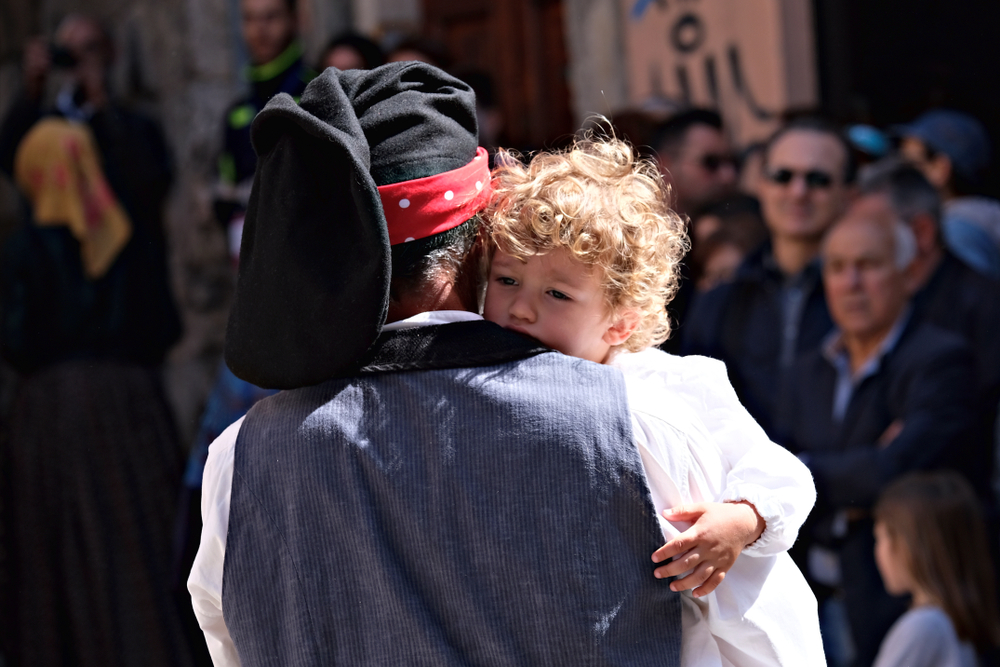
Swapping Horned Beasts for Grape Crushing
Just two days before I had attended a carnival of a very different kind in the village of Martis. Despite its small size, Martis is just one of hundreds of equally tiny communities around the island that bring their very own twist to the festival calendar.
While often quite elaborate, such events are not a ploy to draw in the tourists—although all are welcome – but a genuine community celebration; an aspect which makes them perhaps the most authentic and charming to experience.
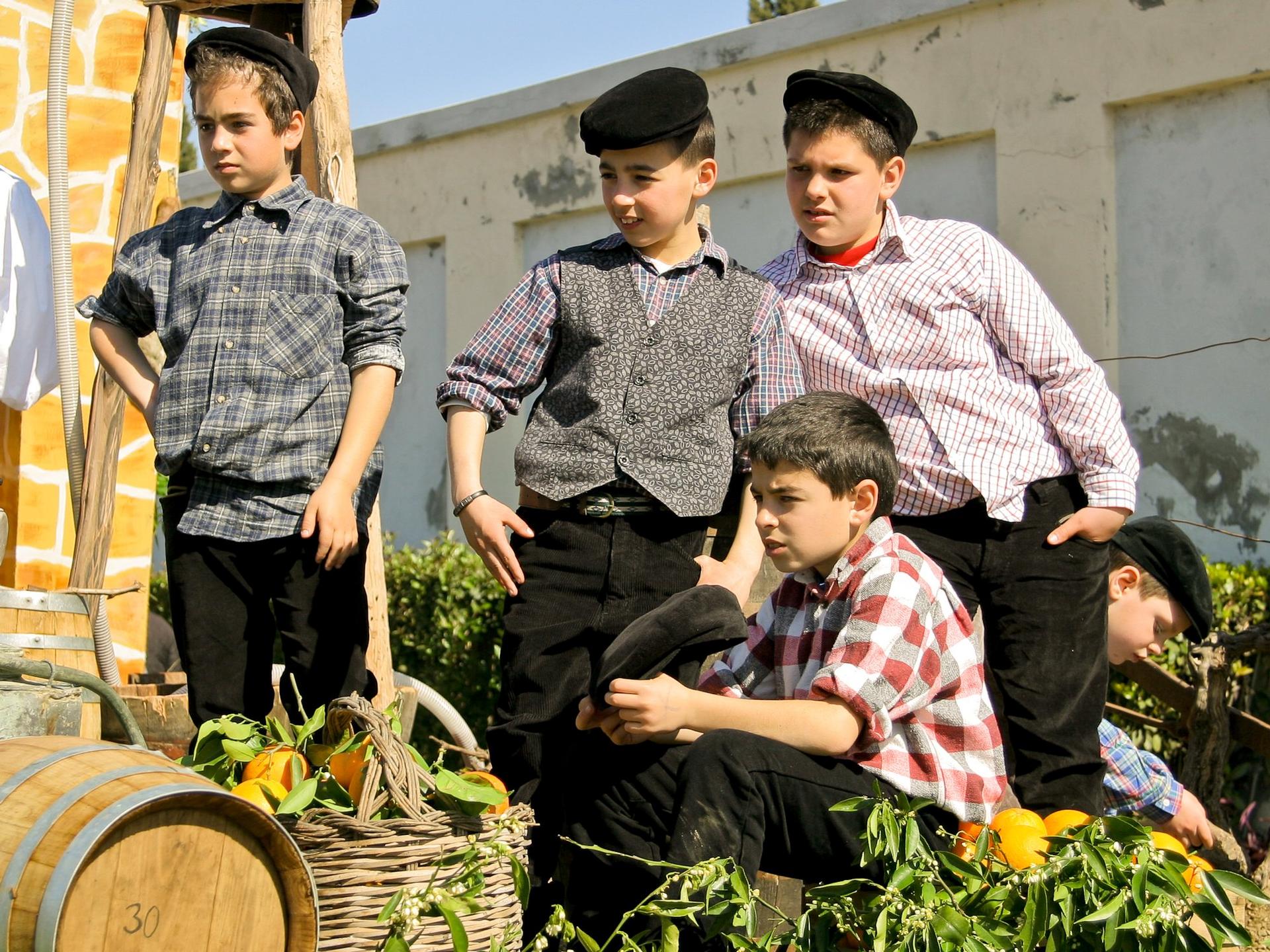
Set in the hills, postcard-perfect Martis—population 700—is made up of narrow cobbled streets and buildings which look exactly the same now as they did centuries ago. Spread around some straw, add in donkeys, goats and horses, dress the locals in old traditional costume and the result is Martis 200 years ago.

Bare foot and messy – grape crushing the traditional way
A group of old ladies making conchiglietti (tiny shell pasta) with nothing more than a deft flick of the thumb and a tiny tool beckoned me over but despite my best efforts I only succeeded in squashing the pasta dough rather than shaping it.
My barefoot crushing of grapes was somewhat more successful though decidedly messier and nobody cared that I didn’t know the steps as I smiled and stumbled my way through a traditional folk dance.

Not as easy as it looks – shaping pasta by hand
Food of course played a major part. I ate and drank my way through all kinds of free treats laid out in the cool of subterranean cellars and the cave-like interiors of locals’ private houses, opened to everybody throughout the day.

With the warm night well and truly advanced, the musicians laid down their instruments and all of Martis gathered together beneath the stars to feast on snails, fresh pasta and bread and a never-ending supply of Sardinian red wine.
Later that night I made my way home through the maze of cobble-stoned streets, the occasional bray of a donkey sounding loud in the still night air. I mused on how Sardinia seems to have the perfect recipe for mixing together some of life’s best ingredients and how lucky I felt to have been a part of it all.
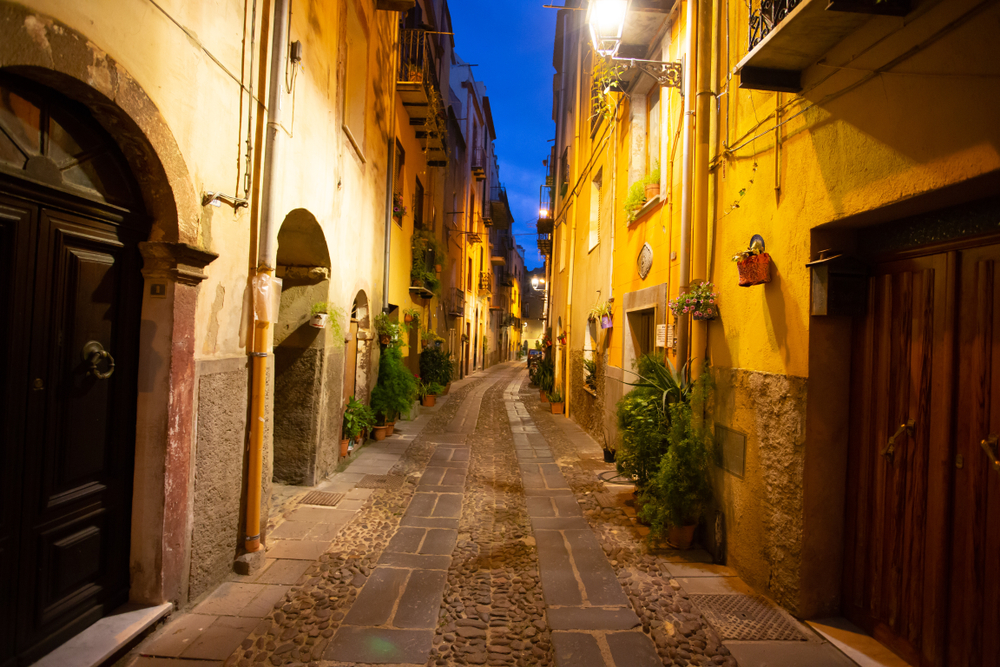
I have passed summers in mountains, jungles, cities, beaches and even in the middle of the ocean. My festival-packed Sardinian summer however, although perhaps not so good for my liver, still stands right up there as one of my best summers of all.

